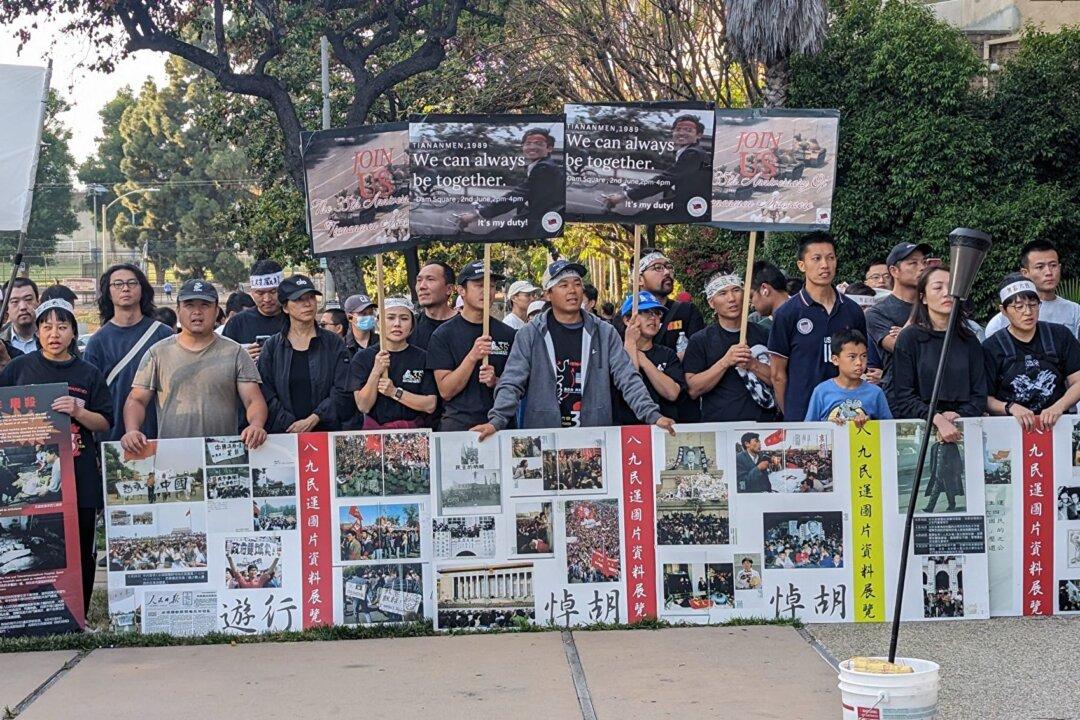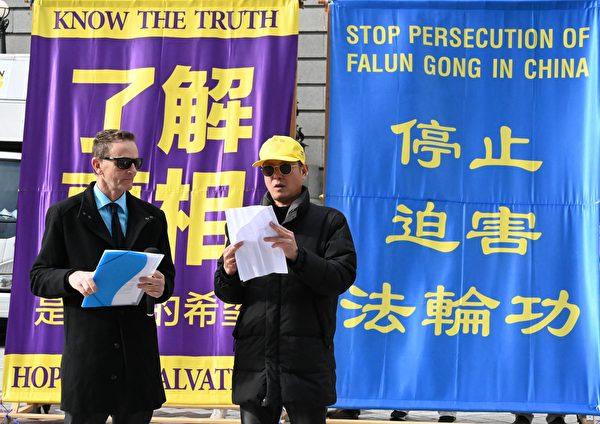It has been over five years since China’s peer-to-peer (P2P) lending platforms collapsed, yet many platform executives have evaded accountability. This has left countless investors destitute and unable to seek restitution.
The Chinese P2P lending phenomenon emerged around 2006, allowing direct lending between individuals via online platforms, bypassing traditional financial intermediaries. The model surged in popularity in 2013 amid a boom in internet-enabled finance, according to a report by The Peterson Institute for International Economics (PIIE).




